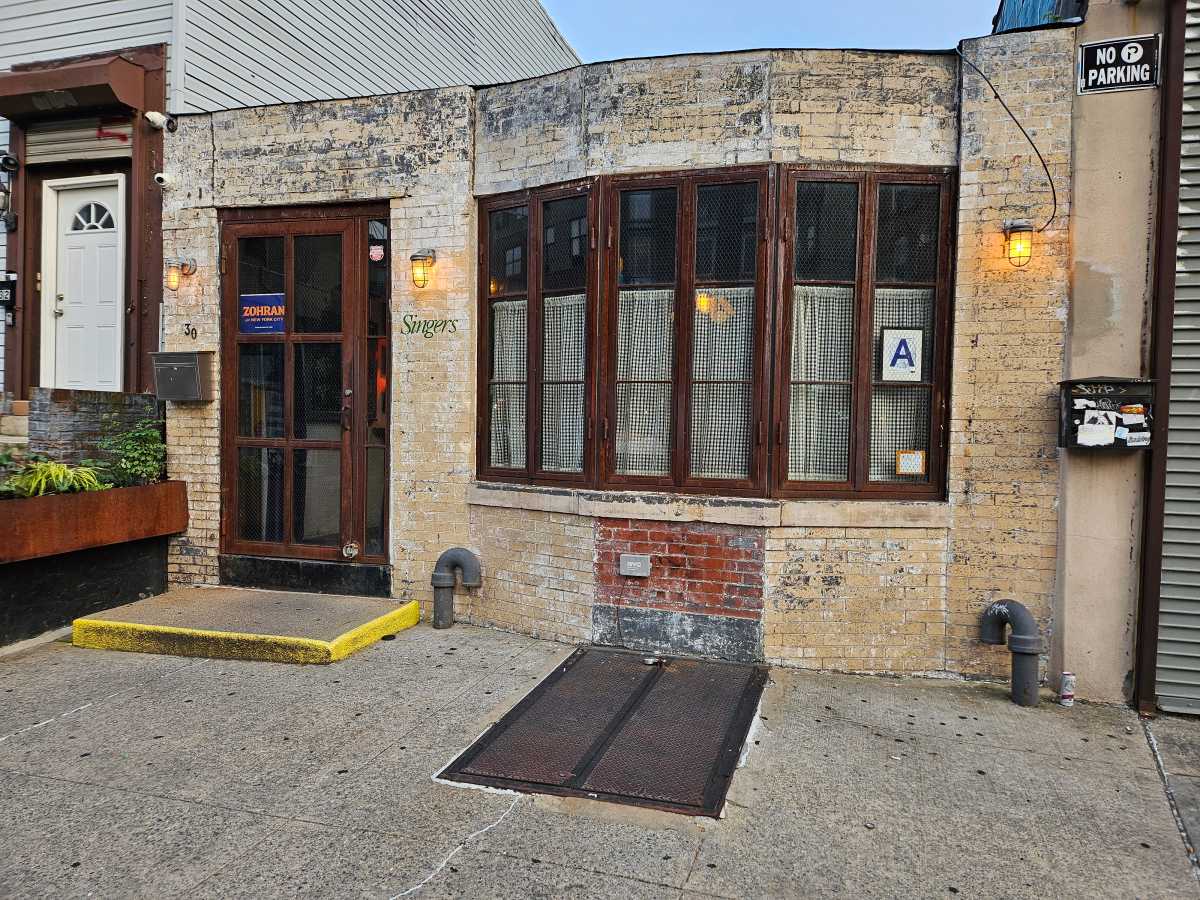By Ed Koch
“The Lives of Others” (+)
A.O. Scott of The New York Times brilliantly described this great movie as follows: “Goodness, as a subject for art, risks falling prey to piety and wishful thinking, but ‘The Lives of Others,’ one of the nominees for this year’s best foreign-language film Oscar, never sacrifices clarity for easy feeling. Posing a stark, difficult question — how does a good man act in circumstances that seem to rule out the very possibility of decent behavior? — it illuminates not only a shadowy period in recent German history, but also the moral no man’s land where base impulses and high principles converge.”
While the film covers a period beginning with 1984 when the German Democratic Republic (Eastern Communist-ruled Germany) existed until the Berlin Wall came down in 1989, and Germany was reunited, I felt as though I was watching a movie about Nazi Germany without the presence of Hitler. The communist state was as intrusive into the lives of its citizens as were the Nazis. The only apparent difference for me was that the communist operatives of the secret police of East Germany, the Ministerium fur Staatssicherheit (Stasi, for short), wore civilian clothes with some insignia instead of themore threatening military uniforms of the Nazi Gestapo (GeheimStaatsPolizei). East Germany combined the cruelty of the Soviets with the efficiency of the Nazis.
This movie shows no actual physical torture which was always implied by the submission of those arrested and pressed into Stasi service.
I was in East Berlin in 1961 on a tourist holiday when the Berlin wall was being built by the communists to prevent those in the eastern sector from fleeing to the west. I went to Stalin Allee, the major residential street where the facades of the high-rise housing had gaping holes showing major disrepair and shoddiness and all was shockingly gray in appearance, including the people. The stores had no wares. There were no souvenirs to purchase to take home.
When I returned to the United States, I was invited to attend a dinner honoring Leonard Boudin with whom I was friendly. He was a fine lawyer but, regrettably, on the far radical left. His daughter, Kathy Boudin, exceeded his radicalism. She joined the Weather Underground and was part of the gang that robed a Brink’s truck of $1.6 million in 1981. She received a 20-year-to-life sentence after being found guilty of robbery and murder. A Brink’s guard and two cops were killed in a shootout. She was released on parole in 2003. Kathy was also present at the accidental explosion that destroyed a town house in Greenwich Village (18 West 11th Street), where she and her co-terrorists were building bombs. Leonard’s brilliant conservative son, Michael, whom I knew when I was in Congress, is a federal judge of the First Circuit Court of Appeals in Boston and has a great reputation.
I think everyone at my dinner table, except me, was a communist or what were in those days called fellow travelers. At one point I mentioned my trip to East Berlin. An elderly woman, angry with my factual but uncomplimentary description of what I saw there said, “Mr. Koch, are you perhaps related to Ilse Koch?” She was referring to the “Beast of Buchenwald,” wife of Karl Koch, commandant of the concentration camp. I couldn’t help myself and so I replied, “Are you referring to Tante Ilse?” The conversation for the evening ended, at least as it concerned anyone talking to me.
Now back to the movie. It involves a young writer, Georg Dreyman (Sebastian Koch), who is living with his girlfriend, Christa-Maria Sieland (Martina Gedeck). He is writing an article about the high suicide rate in East Germany. She is arrested and under pressure gives him up. The Stasi agents who are spying on Georg and bugging his apartment include Captain Gerd Wiesler (Ulrich Muhe), later punished for inefficiency. The cultural czar, Minister Hempf (Thomas Thieme), desires Christa-Maria and rapes her. What happens to these people is what most in the audience knew generally was happening in East Germany. Strangely, the brutality of the Stalinists was never perceived worldwide as comparable to that of the Nazis. Both nations tortured, executed and sent dissenters to prison camps. The Nazis’ principal victims were Jews and Slavs as well as gypsies, homosexuals, socialists and communists. In the case of the communists, their principal victims were the bourgeoisie, intellectuals, dissenters and, as always, the few remaining Jews.
“The Lives of Others” is brilliantly acted and it is a must see.
HS: It is a rare treat to see a movie that is beautifully crafted, holds your attention throughout, teaches us about humanity and courage, and does not demonize the U.S.
Regular Lovers (-)
One of the worst films of the year. It got a very good review in The New York Times by Manohla Dargis, which is why I went to see it. What a dog it was, particularly since it was a very long picture at 179 minutes.
The movie opens with the student-led riots in Paris of 1968. The riots failed to attract union support. We travel with some of the students, two in particular: Francois (Louis Garrel), a 20-year-old youth and poet wannabe, and his girlfriend Lilie (Clotilde Hesme), who looks to be in her late 20s. They smoke opium and talk about the revolution until she ultimately leaves him and goes to New York City. Remember the film covers a number of years. Nothing they do or say is really interesting.
The film of young love, “Before Sunset” with Ethan Hawke and Julie Delpy was so much better. When “Regular Lovers” finally ended, thank God, a group of about five strangers gathered about me and said, “What did you think?” I replied, “it was terrible.” It was as though my comment had turned on a faucet. One young woman said, “Did you see all the people get up and leave during the movie? It was an unending line.” Another said, “I’ve never seen anything as bad.” I have, but it is a close call.
HS said: “The critic must have liked it because it was shot in black and white. But absence of color alone does not a good movie make. The film depicts decadent draft-dodging druggies who go out at night to burn cars to compel regime change. Most of the audience ends up rooting for the police, who appear quite restrained.
Incredibly tedious, there are long periods where absolutely nothing happens. It was so devoid of sex or nudity that when some guy takes a bath he wears long pants. It does not help that the subtitles are white on a white background and many impossible to read. This film is as bad as “The Lives of Others” was good. Oy vey.



























